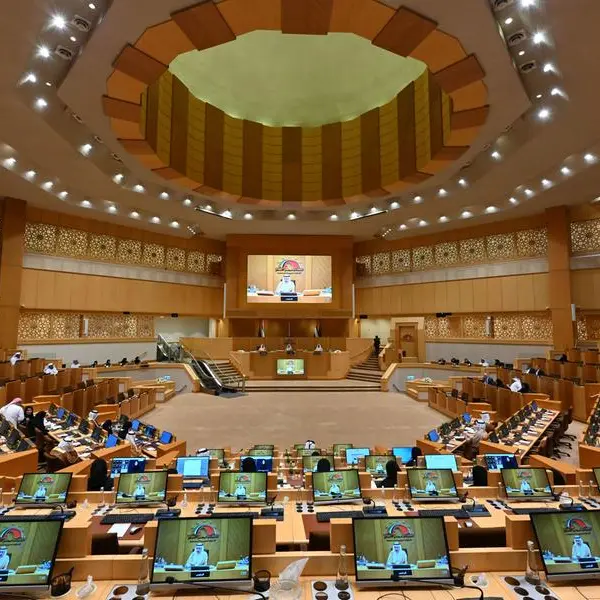PHOTO
SAN FRANCISCO - An ailing America could use cash more than tax cuts. U.S. President Donald Trump has proposed one of his favourite remedies to ease the economic pain of coronavirus. But if his goal is to shore up consumer spending, direct payments would be better.
On Tuesday, the president told senators he wants to temporarily remove the payroll tax that helps fund social and medical costs. The average rate for a person making $40,000 a year was 8.8%, according to the Tax Foundation, which also estimated Trump’s plan would cost about $900 billion if it lasted from April to December.
Such moves usually have mediocre impact. Under Trump’s plan, a person who makes $40,000 a year would get an additional $146 per paycheck, assuming they get paid 24 times a year. That’s why Americans weren’t impressed by the 2017 Republican tax cuts. About 8 in 10 Americans received a reduction in 2018 but it averaged less than $1,000 for the bottom 60% of earners, according to the Tax Policy Center. Almost 60% of taxpayers thought their tax bill would stay the same or go up, according to a 2018 NBC News/Wall Street Journal poll.
A cash payment would be more effective. Jason Furman, former head of the Council of Economic Advisers under Barack Obama, suggested a one-time $1,000 disbursement for each adult and $500 for each child, which he estimated would cost $350 billion. That would help workers who stop getting paid. Top earners could be excluded. Hong Kong has also proposed a cash handout to its residents.
That would help the lowest income households pay for basic needs, while others could spend it on discretionary items. It would help businesses like restaurants and retailers, already hurt by supply chain disruptions. Consumer spending accounts for about two-thirds of U.S. economic activity and helped offset a decline in business investment in 2019, putting annualized GDP growth at 2.3%.
None of this would mitigate the spread of the virus. There are 647 presumed and confirmed cases, according to the Centers for Disease Control and Prevention, but only a fraction of Americans have been tested. Consumer spending is a lesser problem – but if that’s the one Trump wants to address first, he might as well do it right.
CONTEXT NEWS
- U.S. President Donald Trump on March 10 met with Republican Senate leaders to discuss options for an economic stimulus. He told lawmakers he wanted to temporarily bring the payroll tax rate to zero. The average payroll tax rate for a person who makes $40,000 was 8.8% in 2019, according to the Tax Foundation.
(Editing by John Foley and Katrina Hamlin)
© Reuters News 2020



















